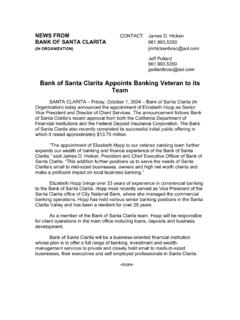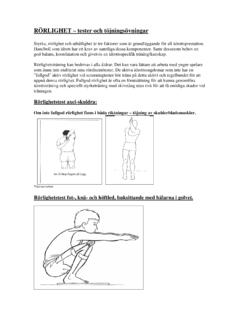Transcription of Belcher Belcher Bits BL5: Bits Small Bomb Container …
1 BelcherBits33 Norway Spruce Street, Stittsville, ON, Canada K2S 1P3 Phone: (613) 836-6575, e-mail: Bits BL5: Small bomb Container (SBC) 1/72 Small bomb Container (SBC)The Royal Air Force made devastating use of incendiary bombing duringWWII, including the Dresden firestorm that killed more people than the nuclearbombing of Nagasaki. The use of incendiaries was a key part of the RAF nightbombing campaign, aimed at the industrial heartland of Germany and at thehomes and towns of its workers. Night bombing was notoriously inaccurate,but delivered in large waves combining blast to knock down walls and openwindows with incendiaries to set the results ablaze resulted in development of incendiary bombs was undertaken in the yearsimmediately prior to the war, and initial bombs were more traditional shapes,some of which were designed to spew flames from the tail after impact. Trialsindicated that many Small sources of fire were more effective than severallarger ones, and the result was the 4 lb incendiary.
2 This was a simple hexagonalcase of 'elektron' ( ironically, a German developed magnesium-zinc alloy) thatburned fiercely when thermite charges inside were ignited by a simple impactfuse in the nose. The bomb was 48 mm across the corners, and 545 mm long;the last third was a hollow section which acted as a tail to allow the bomb tofall nose 4 lb incendiaries were carried in a hollow aluminum box called theSmall bomb Container (SBC). Originally developed to carry Small bombs(how obvious!) of the 30 or 40 lb class, the design with minor modificationswas ideally suited to carrying stacks of incendiaries. These were stacked inrows of five, six rows deep and typically 3 stacks per SBC. I have seenphotos showing single stack SBCs (30 incendiaries) and also deeper SBCswhich would have carried as many as 150 incendiaries, but the SBCs includedwith this set represent what I believe to be the most common size (90incendiaries).
3 The SBC retained its load with simple bars across the bottom ofthe stack, one end hinged and the other retainer by an electrically releasedlatch. When triggered, the bar fell open and the incendiaries dropped enmasse. The empty SBCs remained in the bomb bay and returned with thebomber where they were unloaded, re-filled and ready for another trip. Intotal, the RAF dropped more than 8 million 4 lb incendiaries during evidence shows that incendiary filled SBCs were used bymany RAF bombers, including Hampdens, Blenheims, Stirlings and Halifaxesbut the primary carrier was the Lancaster with its large bomb bay. Typical loadwould have been one 4,000 lb cookie (available in Belcher Bits BL2) and 12 SBCs as shown have seen photos of these SBCs painted (probably dark green) but themajority were natural metal (alumiunum). The electrical latches were dark,probably black or dark brown Bakelite. The 4 lb incendiaries were also naturalmetal, with a 3" (75mm) dull red nose, on which was painted a black/ , not many clear photos exist of these containers, andapparently none exist in original form in museums.
4 However, the bestreference on the 4 lb incendiary is the first one listed Bombs Gone by J. MacBean and A. Hogben, 1990 (excellent referenceon RAF bombs of all sorts)2. Wellington Mk 1, 4+ Publications (good photo and drawing of SBC)3. Beschreibung der englishen Bomben, Dec 1940 (German publicationdescribing British bombs; thanks to George Hopp for this!)**For information on other Belcher Bits products, write, call or e-mail BelcherBits for a free product listing, or visit our website at
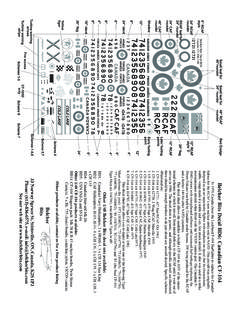
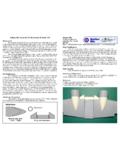

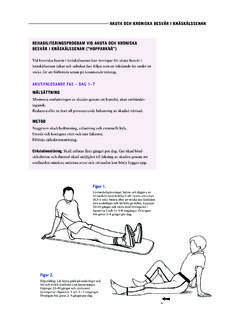
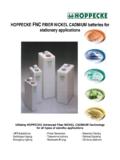
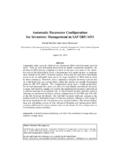
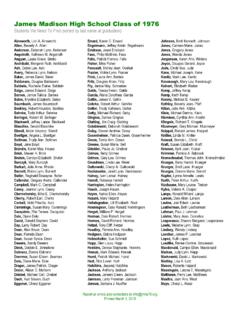
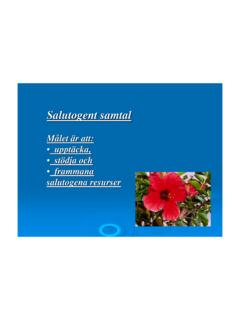
![Untitled-1 [www.the3c.in]](/cache/preview/1/5/8/8/c/7/4/c/thumb-1588c74c96d4a2bd8fd1bdf85635dd94.jpg)
